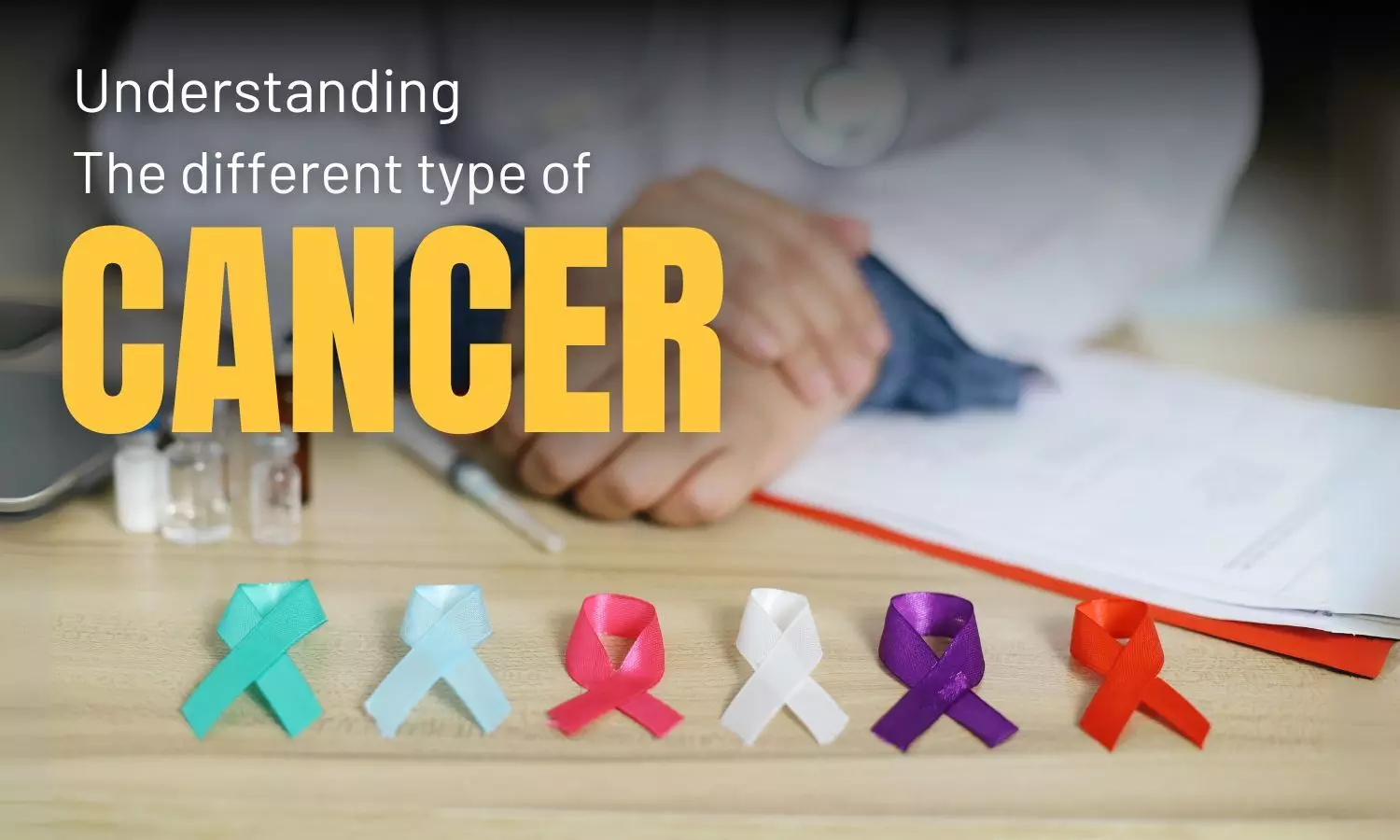Cancer is more than just a diagnosis. It’s a turning point that reshapes lives. With millions affected worldwide, the impact of cancer extends beyond the physical toll.
It impacts every aspect of life. Understanding this complex disease, its types, symptoms, and treatment options will allow you to face it with knowledge and resilience. Read on to learn about this deadly disease in detail.

Cancer is a disease that begins at the cellular level when normal cells in the body undergo abnormal changes, causing them to multiply uncontrollably. Unlike healthy cells, which follow specific genetic instructions to grow, divide, and die at appropriate times, cancer cells ignore these signals. Instead of dying when they should, cancer cells continue to grow and divide, forming masses of tissue known as tumours.
These tumours can be benign (non-cancerous) or malignant (cancerous). Malignant tumours are particularly dangerous because they have the ability to invade surrounding tissues and spread to other parts of the body through a process called metastasis, making cancer a potentially life-threatening condition. Cancer is a broad term encompassing over 100 different types that can affect various parts of the body.
Understanding the specific types of cancer, their characteristics, and treatment options is crucial for effective diagnosis and care. Below are detailed explanations of some of the most common types of cancer: Breast cancer is a type of cancer that predominantly affects women but can also occur in men. It begins in the breast tissues, typically in the ducts that transport milk to the nipple or in the lobules responsible for milk production.
Early detection through regular screening is crucial for successful treatment. Symptoms - A lump in the breast, changes in breast shape, and discharge from the nipple. Treatment Options - Watch this podcast: Dr.
Sweta Jonnalagadda on Cancer Complexity and Care Lung cancer is one of the most common and deadliest cancers worldwide, primarily caused by smoking, although non-smokers can also develop it. It begins in the lungs and can quickly spread to other parts of the body. Symptoms- Persistent cough, chest pain, shortness of breath, and coughing up blood.
Treatment Options- Prostate cancer affects the prostate gland in men, which produces seminal fluid. It’s one of the most common cancers in men and usually grows slowly, often remaining confined to the prostate. Symptoms- Difficulty urinating, blood in urine or semen, and pelvic discomfort.
Treatment Options- Colorectal cancer starts in the colon or rectum and is often detected through screening tests like colonoscopy. It generally develops from precancerous polyps that can be removed before they turn into cancer. Symptoms- Changes in bowel habits, blood in stool, abdominal pain, and unexplained weight loss.
Treatment Options- Skin cancer is the most common type of cancer, often caused by exposure to ultraviolet (UV) rays from the sun or tanning beds. It can develop in any part of the skin but is most frequently found in areas exposed to the sun. Symptoms- New growths or sores that don’t heal, changes in existing moles, and unusual skin changes.
Treatment Options- Pancreatic cancer begins in the tissues of the pancreas, an organ located behind the stomach that aids in digestion and blood sugar regulation. It’s often diagnosed at an advanced stage due to its subtle symptoms. Symptoms- Jaundice, weight loss, abdominal pain, and new-onset diabetes Treatment Options- Blood cancers, also known as hematologic cancers, affect the blood, bone marrow, and lymph nodes.
Unlike solid tumours, these cancers circulate through the body. Symptoms- Frequent infections, fatigue, easy bruising or bleeding, and bone pain (in multiple myeloma). Treatment Options- Ovarian cancer begins in the ovaries, the female reproductive glands that produce eggs.
It’s often called the “silent killer” because symptoms are vague and often go unnoticed until the disease is advanced. Symptoms- Bloating, pelvic or abdominal pain, difficulty eating, and urinary symptoms. Treatment Options- Bladder cancer begins in the cells of the bladder, the organ responsible for storing urine.
It’s more common in men and often diagnosed at an early stage, making it highly treatable. Symptoms- Blood in urine, frequent urination, pain during urination, and pelvic pain Treatment Options- Once cancer is diagnosed, healthcare providers determine its stage to guide treatment. Staging describes how much cancer is in your body and whether it has spread.
There are usually four stages- While you can’t always prevent cancer, especially if it is due to factors beyond your control, there are steps you can take to lower your risk. Hearing you have cancer can be overwhelming. It is normal to feel a range of emotions, from fear and sadness to anger and confusion.
The important thing is to remember that you are not alone. There are many people and resources available to support you. During your cancer treatment, It is important to know when to contact your healthcare provider.
If you experience any new or worsening symptoms, such as severe pain, difficulty breathing, or unexpected side effects from treatment, reach out to your provider immediately. Navigating the complexities of cancer and types of cancer is a challenging journey, but with the right information, support, and care, you can navigate it with strength and resilience. Remember, you are not alone in this fight.
Whether you are just diagnosed, in treatment, or living with cancer, there’s always hope!.
















